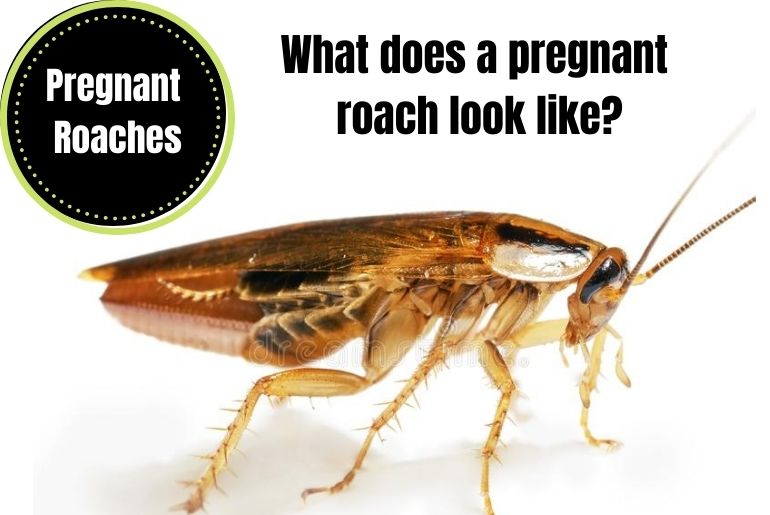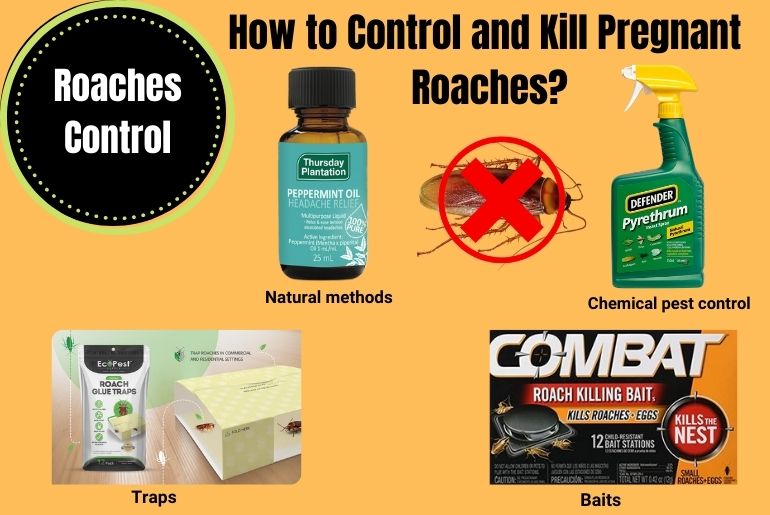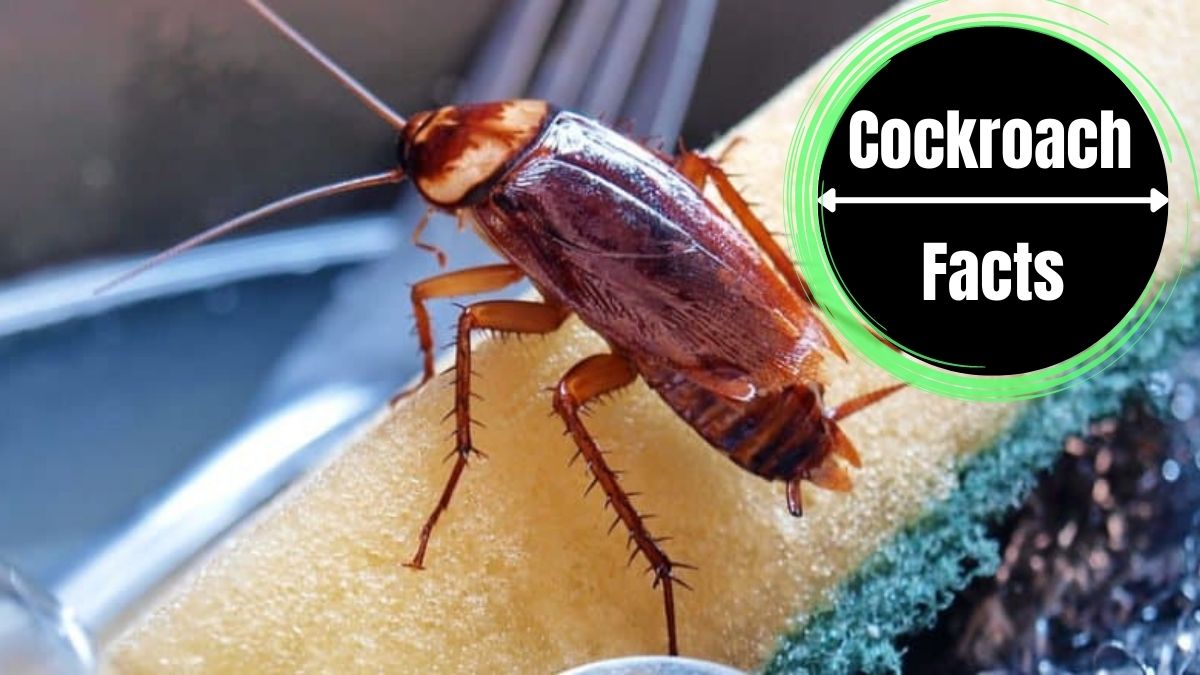It is common for roaches to reproduce and lay eggs, and a female roach can be pregnant. The reproduction system of cockroaches is similar to other insects, and female roaches can lay eggs shortly after mating (Though roaches can lay eggs without mating). Cockroaches lay eggs in a protected area, such as in a crack or crevice, and are often covered with a sticky substance that helps to keep them in place. After laying the eggs, the female roach will remain in the area to protect and care for them until they hatch. When the eggs hatch, the young roaches, called nymphs, resemble small versions of adult roaches and go through several molting stages before reaching adulthood. Roaches are known to reproduce quickly and can lay hundreds of eggs in their lifetime, which is why they can be difficult to control and eliminate from homes and other buildings.
What does a pregnant roach look like?
There are a few ways to tell if a roach is pregnant. One is if it has a pill-shaped protrusion sticking out from its rear end. This is the egg case, which will get larger as more eggs develop.

The female roach will carry the egg case for about a month until the eggs are ready to hatch. She might continue carrying it after that, or she’ll deposit it in a safe, hidden location – usually deep in a wall crevice, under a heavy appliance, or cluttered cardboard box.
How do roaches get pregnant?
Roaches reproduce through external fertilization, in which the male roach transfers sperm to the female roach during mating. Male roaches have a pair of reproductive organs called aedeagi, and female roaches have a pair of genital openings called gonopores. During mating, the male roach uses his aedeagi to transfer sperm to the female’s gonopores.
After mating, female cockroaches lay an egg capsule that contains up to 48 eggs.
What happens when you kill a pregnant roach?
If you kill a pregnant roach, the eggs the roach was carrying will not hatch, and the offspring will not be born.
When you kill a pregnant roach, you are actually killing two roaches. The pregnant roach was carrying an egg sac filled with developing roaches. When you kill the pregnant roach, you also kill the developing roaches inside the egg sac.
How to Control and Kill Pregnant Roaches?
The following methods can be used to kill pregnant roaches. Here are some common methods that I usually use:

Chemical pest control
The most common method of controlling and killing roaches is the use of chemical pesticides. Various pesticides are available in the market specifically designed to kill roaches.
Baits
Roach baits are a type of pest control product that is designed to attract and kill roaches. Baits can be placed in areas where roaches are likely to travel, and the roaches will eat the bait and then die.
Traps
Traps are designed to capture and kill roaches. These traps can be placed in areas where roaches are likely to be found, and the roaches will be caught and killed when they crawl over the trap.
Natural methods
Several non-chemical methods can be used to control roach infestations, such as sealing cracks and crevices, eliminating food and moisture sources, and regularly cleaning and maintaining your home.
If you are trying to control a roach infestation, it is important to take a holistic approach that combines multiple pest control methods. In this way, you can effectively control and eliminate infestation. It is also important to follow the instructions on any pest control products carefully and to use them in accordance with all safety precautions.
FAQS
Where do cockroach lay eggs?
Answer: Cockroaches usually lay eggs in hidden areas such as crevices, cracks or dark areas.
Do cockroach lay eggs when killed?
Answer: No, Cockroaches cannot lay eggs when killed. This is just a myth.
Do cockroaches lay eggs in clothes?
Answer: Yes, cockroaches can lay eggs in clothes, although it is not a common occurrence. Cockroaches prefer to lay their eggs in hidden, protected areas close to a source of food and moisture.
Can cockroaches lay eggs in your hair?
Answer: Cockroaches cannot lay eggs in your hair because it’s not safe for them.

